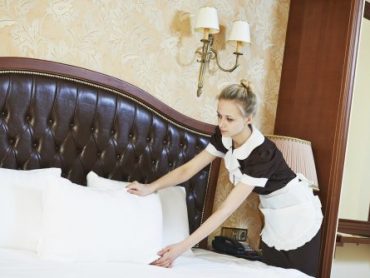Gray is the New Green Part 10: The Marketing Gap
As someone active in the marketing and advetising world for almost 40 years (a scary number!), what I’m about to describe is not something I’m particularly proud of. Now that the millennials have officially surpassed the boomers in sheer numbers, it’s become a trend to treat the latter group as a ‘dying generation’. And from this has emerged the outlook that marketing slogans and campaigns attempting to appeal to boomers should focus on the motifs of retirement, aging and health.
While these three themes are on the back of most boomers’ minds, they are hardly the foremost thoughts as we go about our days. Many of us are at the peaks of our careers, working to our wits’ ends and still with a fervent passion to propel the world forward via whatever labor specialization or hobby we have perfected over the years. We boomers may be in decline numbers-wise, but we are definitely not going down without a fight – our wallets and purses are our weapons!
If you look at the majority of advertisements out there right now, there appears to be a binary split in what demographics are being targeted. On the one hand, ads are likely to portray young, attractive couples being active or the perfect family with two kids and parents in their forties. The other end is that ads aimed at the elderly are actually quite morbid with actors in their eighties or nineties often depicted as feeble and in need of assisted living.
Lest we forget that the graying of the boomers does not mean the death of the boomers. Where are the ads that appeal to people in-between these two groups? What about those of us who are bald and saggy skinned yet still make it to the office by 9am every day? Something in the ad world is out of sync.
I’m not saying that there is a complete absence of promotional materials directed at the still-active boomer, but the ads I do see are seldom representative of where most boomers are in life. There is indeed a marketing gap between old and young insofar as the trend to interpret ‘old’ as meaning ‘geriatric’. Rather than leave this as a rant, however, best to interpret it as an opportunity for you and your organization to push ahead in your pursuit of boomers’ wallets.
Yes, the millennials are a larger group by population, but nowhere near so when tabulated on the basis of accumulated wealth. In that regard, boomers are still winning. Moreover, now that the kids have moved out and their college tuition payments are hopefully almost finished, we boomers are looking to take our excess cash and allocate it towards living life to the fullest with unique experiences to fill our days. Many prominent measurement agencies like Nielsen would have you believe that the primary focus of advertisement should be the ‘prime’ ages of 18 to 49, and yet I argue that this system is biased against new marketing prospects that fall outside of this range.
We boomers are ravenous consumers and retirement, when it happens, simply presents another chance to spend. Retirement means more travel time. When you realize that a trip might be your last to that location, splurging on a better room or a suite seems like a minor indulgence.
When designing your marketing materials for baby boomers, you must put yourself in the mindset of an active person between the ages of 55 and 75. This presents a tricky situation from the point of view of the hotel as no brand wants to appear old. As any marketer will tell you, it’s a fine line to cross.
Think about who the boomers are. We are not frail, but strong in our wisdom and experience. We relish in making hard business decisions and delight in a busy world. For most of us, the prospect of outright retirement at age 65 is now a pipedream, and so we look to be useful to society in more ways than just breathing and eating.
(Article by Larry Mogelonsky, originally published in HOTELS Magazine on Tuesday, April 21, 2015)




